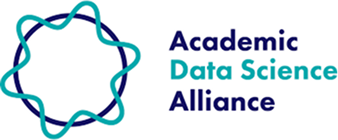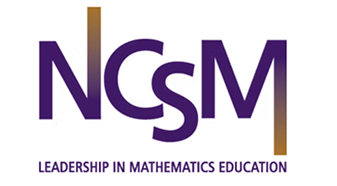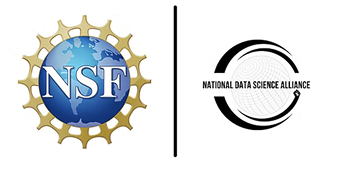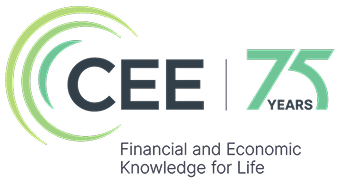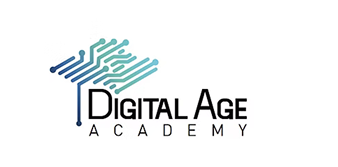Verifiable questions & statements
Identify and create the type of questions that can be answered by data, and are eventually verifiable using a combination of modeling and experimentation.
K–2 Competencies
Ask a question that you answer by counting or measuring something.
Classroom resources
Data Science Starter Kit Module 4: Drawing Conclusions - Interpreting Problems and Results
Welcome to one of the most critical skills in data science—learning how to draw valid conclusions from data and understanding what those conclusions can and cannot tell us. This module focuses on the thinking skills that separate good data science from misleading claims.🔗
Interpreting Problems and Results isn’t about complex statistical tests or advanced mathematics. It’s about developing the intellectual honesty and critical thinking skills to say, “Based on this data, here’s what we can reasonably conclude, here’s what we’re not sure about, and here’s what we still need to investigate.”
3–5 Competencies
Ask or identify a question that you answer by counting or measuring results from different groups.
Identify from among a set of given examples what types of questions can be answered with real-world data (e.g., values, opinions, non-observables).
Classroom resources
Data Science Starter Kit Module 4: Drawing Conclusions - Interpreting Problems and Results
Welcome to one of the most critical skills in data science—learning how to draw valid conclusions from data and understanding what those conclusions can and cannot tell us. This module focuses on the thinking skills that separate good data science from misleading claims.🔗
Interpreting Problems and Results isn’t about complex statistical tests or advanced mathematics. It’s about developing the intellectual honesty and critical thinking skills to say, “Based on this data, here’s what we can reasonably conclude, here’s what we’re not sure about, and here’s what we still need to investigate.”
6–8 Competencies
Ask or identify a question that can be verified with data collected through observations.
State a guess or potential answer to a question for later verification or testing via a hypothesis.
Classroom resources
Blinking Out Activity by DataClassroom
The purpose of thislesson is to help students understand how long-term ecological data collectionenables scientists to identify environmental changes and population trends thatwould be invisible with short-term studies. Students will analyze real fireflypopulation data to make evidence-based claims about species decline whilelearning about sampling effort, data collection challenges, and the scientificmethod in environmental research.
Middle School Drought Analysis
The purpose of this lesson is to develop students' data literacy skills through analyzing real drought data from their state or region. Students will explore climate patterns, create visualizations, draw evidence-based conclusions, and communicate findings effectively while learning to evaluate data sources, identify patterns, and understand the ethical implications of data analysis.
Data Science Starter Kit Module 4: Drawing Conclusions - Interpreting Problems and Results
Welcome to one of the most critical skills in data science—learning how to draw valid conclusions from data and understanding what those conclusions can and cannot tell us. This module focuses on the thinking skills that separate good data science from misleading claims.🔗
Interpreting Problems and Results isn’t about complex statistical tests or advanced mathematics. It’s about developing the intellectual honesty and critical thinking skills to say, “Based on this data, here’s what we can reasonably conclude, here’s what we’re not sure about, and here’s what we still need to investigate.”
9–10 Competencies
Differentiate query-based, hypothesis-based, and causal questions by their focus on trends, uniqueness of outcomes, and causal relationships, respectively.
Assess query-based questions by establishing a threshold of satisfaction for certainty in interval estimates (e.g., if it applies 95% of the time, I find it acceptable).
Assess hypothesis-based questions by debating the condition of uniqueness (e.g., if it occurs 5% of the time or less).
Classroom resources
Coffee Filter Parachutes by DataClassroom
The purpose of this lesson is to help students apply engineering design principles and data analysis to solve real-world problems by analyzing parachute performance data and making evidence-based recommendations for different stakeholders. Students will use physics concepts, mathematical modeling, and statistical analysis to evaluate competing designs and communicate technical recommendations to diverse audiences with different performance requirements.
Data Science Starter Kit Module 4: Drawing Conclusions - Interpreting Problems and Results
Welcome to one of the most critical skills in data science—learning how to draw valid conclusions from data and understanding what those conclusions can and cannot tell us. This module focuses on the thinking skills that separate good data science from misleading claims.🔗
Interpreting Problems and Results isn’t about complex statistical tests or advanced mathematics. It’s about developing the intellectual honesty and critical thinking skills to say, “Based on this data, here’s what we can reasonably conclude, here’s what we’re not sure about, and here’s what we still need to investigate.”
11–12 Competencies
Develop a causal diagram to map relationships among multiple variables and create an iterative analysis plan to test each relationship with data.
For query-based questions, estimate a confidence interval and margin of error in a real-world data analysis project with software.
For hypothesis-based questions, estimate a p-value based on a proposed statistical model for real-world data with software.
Classroom resources
Gene Expression in Stem Cells by DataClassroom
The purpose of this lesson is to help students apply advanced statistical analysis and bioinformatics approaches to real genomic research data, investigating gene expression differences between specialized cells and stem cells. Students will conduct sophisticated hypothesis testing, evaluate data distributions, perform multiple comparison analyses, and interpret biological significance of statistical findings in the context of cutting-edge regenerative medicine research.
Data Science Starter Kit Module 4: Drawing Conclusions - Interpreting Problems and Results
Welcome to one of the most critical skills in data science—learning how to draw valid conclusions from data and understanding what those conclusions can and cannot tell us. This module focuses on the thinking skills that separate good data science from misleading claims.🔗
Interpreting Problems and Results isn’t about complex statistical tests or advanced mathematics. It’s about developing the intellectual honesty and critical thinking skills to say, “Based on this data, here’s what we can reasonably conclude, here’s what we’re not sure about, and here’s what we still need to investigate.”
Advanced Competencies
Classroom resources
Support other teachers by sharing a resource
Do you have a lesson plan, video, or tip that could help others teaching this topic?
Share feedback on the Learning Progressions
Your feedback helps us improve these progressions for teachers around the world. Thank you!
Share feedback on the Learning Progressions
Your feedback helps us improve these progressions for teachers around the world. Thank you!
Share a classroom resource
Suggesting a resource helps students around the world learn essential data science skills.







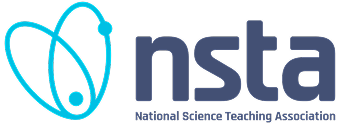
.png)

